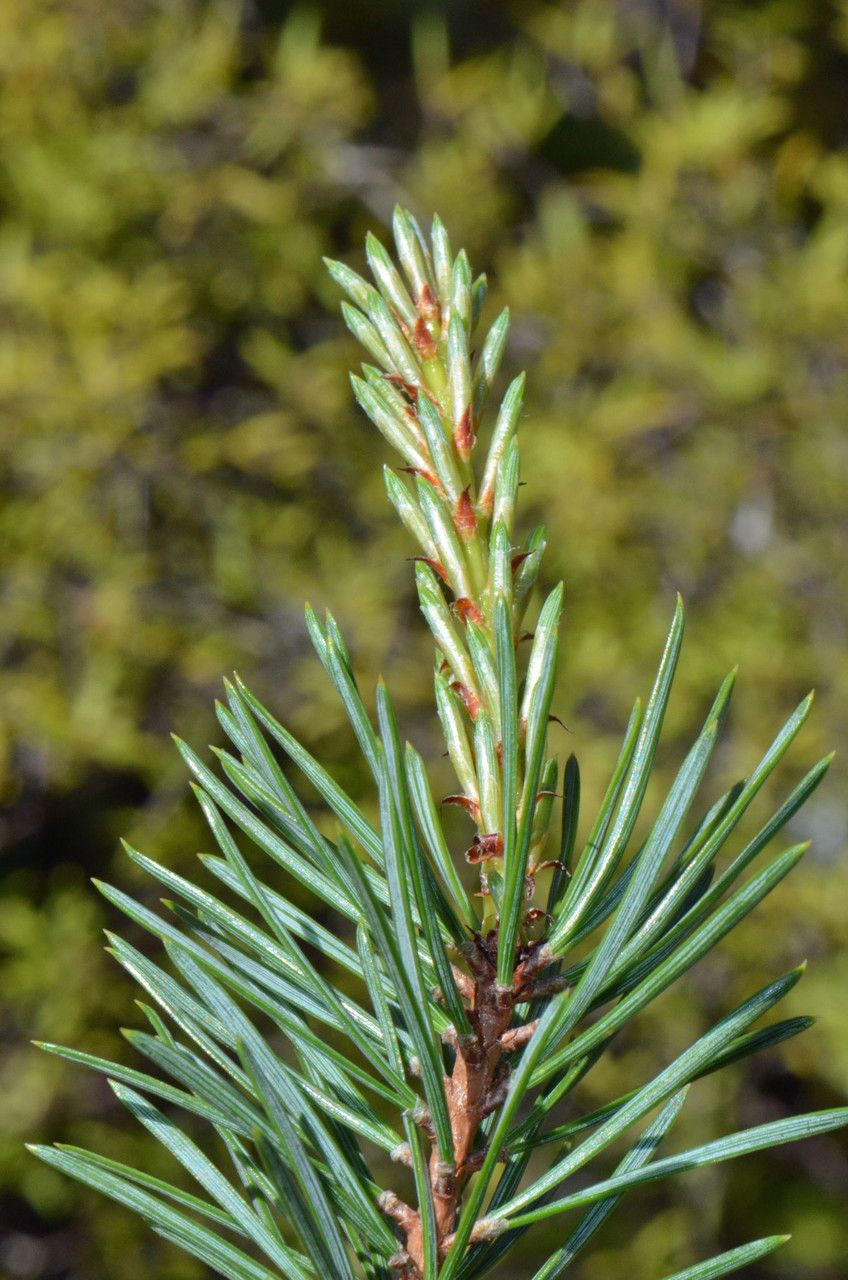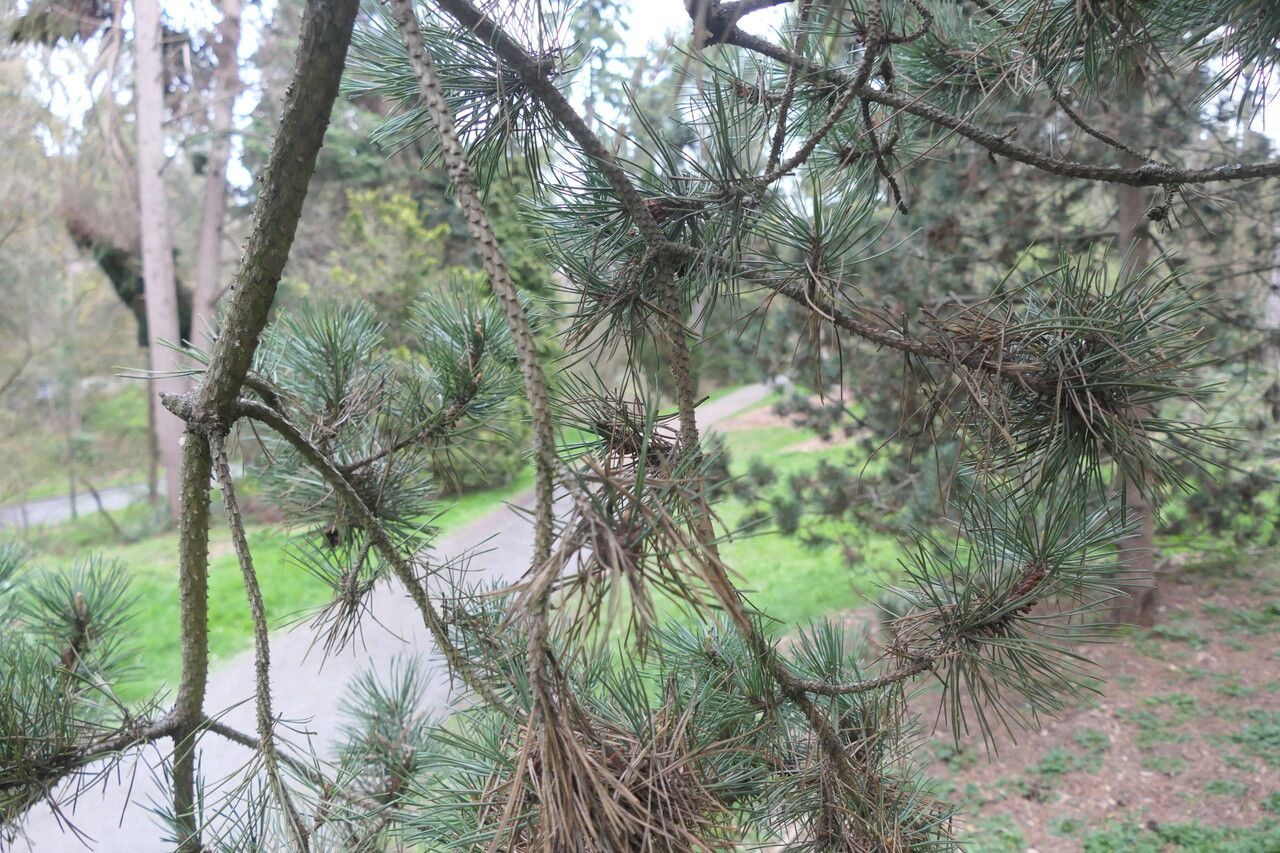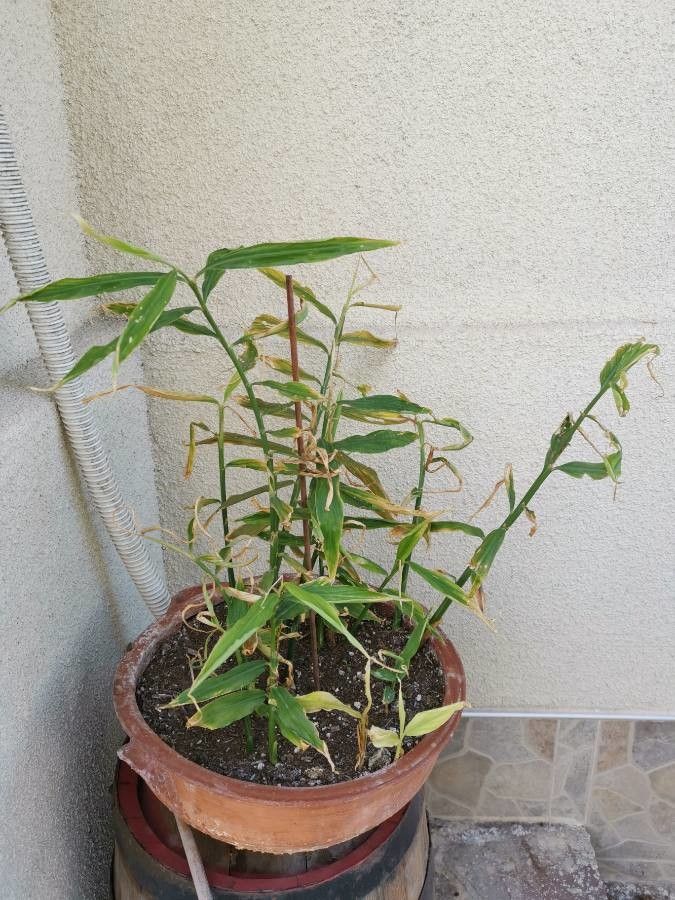## Lodgepole Pine: A Comprehensive Guide
The Lodgepole Pine ( *Pinus contorta*) is a resilient and adaptable evergreen conifer, a member of the Pinaceae family, known for its distinctive twisted cones and widespread distribution across North America. This comprehensive guide will delve into its characteristics, habitat, cultivation, and care.
### Habitat and Growth
Lodgepole Pines are incredibly adaptable, thriving in diverse environments from coastal regions to high-altitude mountains. They are often found in dense stands, forming expansive forests across western North America. They are particularly well-suited to acidic, sandy, or gravelly soils, demonstrating remarkable tolerance to poor soil conditions and harsh climates. Their ability to colonize burned areas contributes to their prevalence in post-fire landscapes.
### Identification
Identifying a Lodgepole Pine is relatively straightforward. Key characteristics include:
* **Needles:** Their needles are typically 1-3 inches long, growing in pairs (fascicles of two). They are yellow-green to dark green in color and slightly twisted.
* **Cones:** Lodgepole Pines are known for their distinctive serotinous cones. These cones remain closed on the tree for many years, often only opening after exposure to fire's intense heat, facilitating seed release and regeneration. The cones are typically 1-3 inches long, ovoid, and often curved.
* **Bark:** The bark is thin and scaly, typically reddish-brown to dark brown in color, becoming more deeply furrowed with age.
* **Shape:** The tree's shape varies depending on the environment. In open areas, they develop a broader, more spreading crown. In dense forests, they tend to grow taller and more slender.
### Planting and Care
Lodgepole Pines are relatively low-maintenance trees once established. Here's a quick guide:
* **Sunlight:** They require full sun for optimal growth.
* **Soil:** Well-drained soil is crucial. Though adaptable, they prefer acidic soils.
* **Watering:** Young saplings require regular watering, especially during dry periods. Mature trees are generally drought-tolerant.
* **Fertilization:** Generally not required unless the soil is exceptionally poor.
* **Pruning:** Minimal pruning is usually necessary. Remove dead or damaged branches as needed.
### Wildlife and Ecological Importance
Lodgepole Pines play a vital role in their ecosystems, providing habitat and food for a variety of wildlife. Their seeds are an important food source for birds and small mammals, while the trees themselves offer shelter and nesting sites for numerous species.
### Pests and Diseases
Like all trees, Lodgepole Pines can be susceptible to certain pests and diseases. Mountain Pine Beetles pose a significant threat, particularly in stressed or weakened trees. Proper tree care and monitoring for signs of infestation are crucial.
### Conclusion
The Lodgepole Pine, with its adaptability and ecological significance, is a fascinating and important species. Its unique characteristics make it a valuable addition to landscapes and a crucial component of many North American ecosystems. Understanding its needs allows for successful cultivation and appreciation of this remarkable tree.
Lodgepole Pine: Planting, Care & Identification Guide

Frequently Asked Questions
How to identify a Lodgepole Pine?
Look for its paired needles (1-3 inches long, slightly twisted), serotinous cones (1-3 inches long, ovoid, often curved), and reddish-brown to dark brown bark. The shape varies depending on the environment; open areas result in a broader crown, while dense forests produce a taller, slender tree.
How do I care for a Lodgepole Pine tree?
Plant in full sun with well-drained, ideally acidic soil. Water young trees regularly, but mature trees are drought-tolerant. Fertilization is usually unnecessary. Prune only to remove dead or damaged branches. Monitor for pests like Mountain Pine Beetles.


